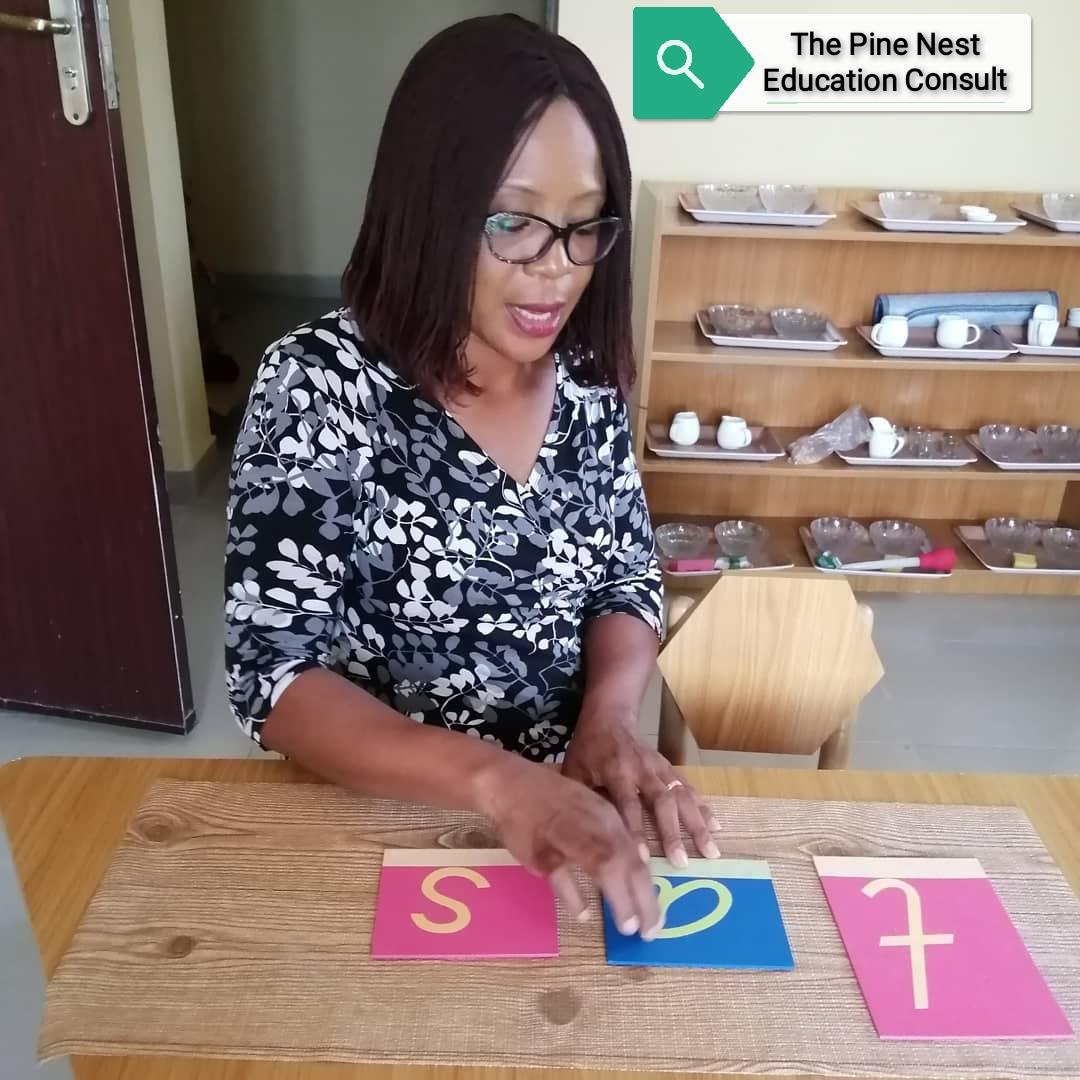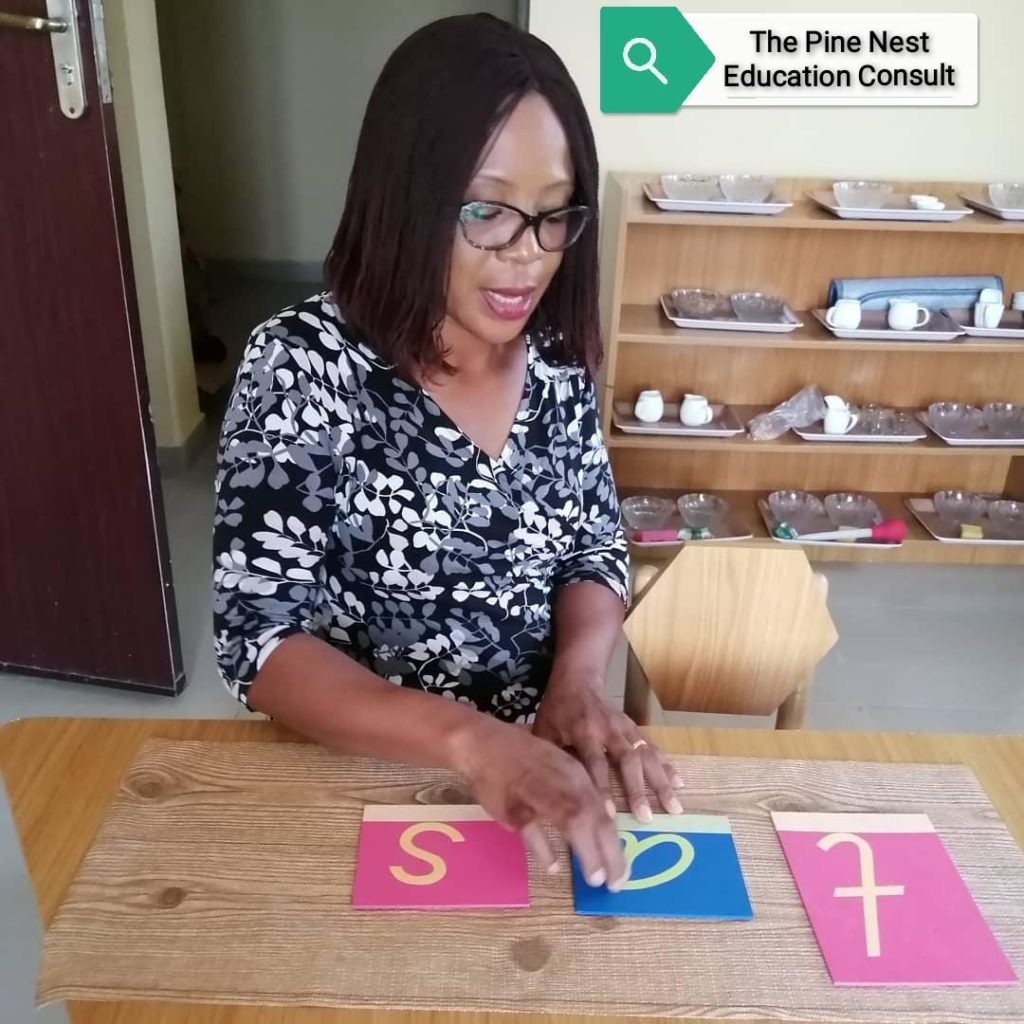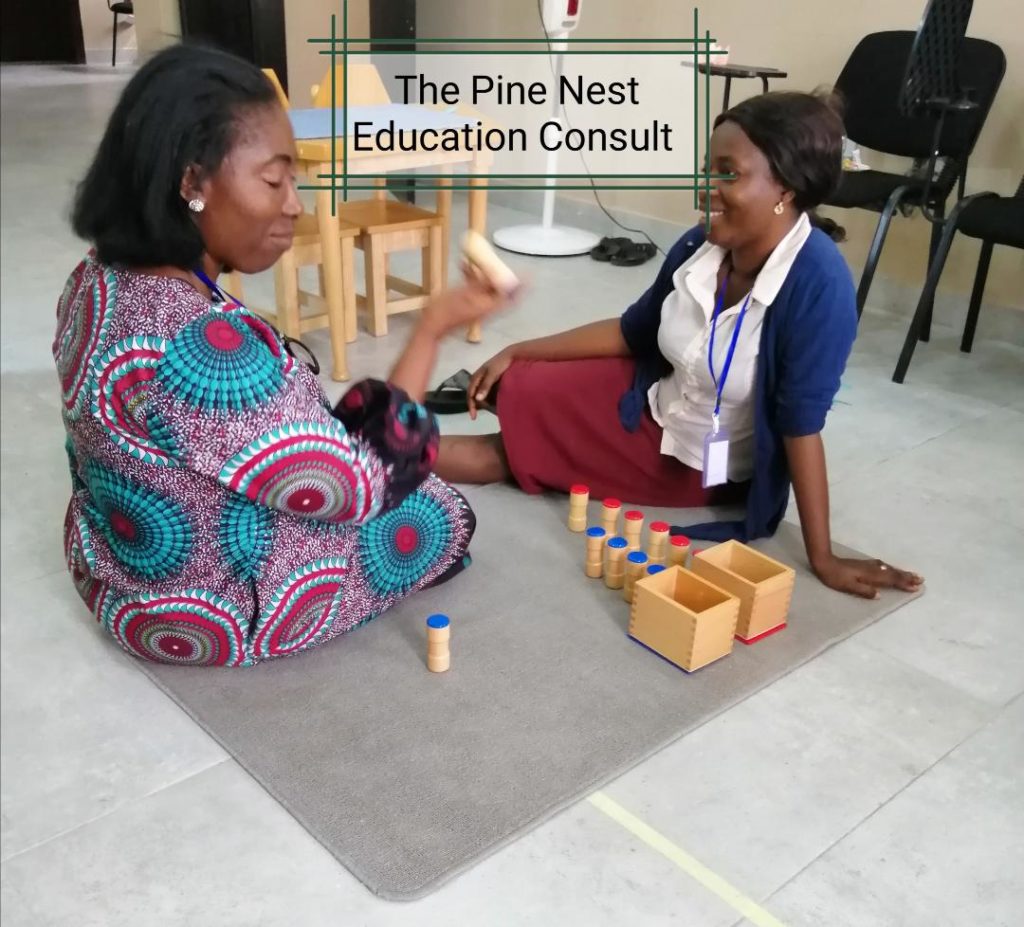
Movement is an intermediary between the body and the mind. When a child is born development of movement begins. He exhibits different aspects of movement, such as crawling, grasping, walking, eventually learns to transfers things from one hand to the other, etc. Movement is a natural need of the child which he masters with a lot of practice and repetition. We need to observe him as he takes a great interest in imitating adults’ movement, to assist him to attain his full potential.
Learning is linked to movement, as it leads to the acquisition of knowledge. Children get information from the environment through movement.
“Watching a child makes it obvious that the development of his mind, comes through his movement.”
Maria Montessori
Movement leads to independence. However, Once a child begins to walk the exploration of a wider environment is facilitated. The hand plays an important role in the movement and learning of the child.
In the Montessori environment, children have the ability to learn as they are moving. Movement is incorporated into all the Montessori materials and activities. Whether fine or gross movement, the Montessori materials make it possible for children to learn about their world and grow cognitively.
Movement is not only what happens outside of learning or during physical education lessons. When we talk about movement, we are referring to purposeful movements that connect the child with all the sensorial experiences he could get.


For instance, as a child traces the sandpaper letters, he utilizes movement as a tool for learning the sounds. Other purposeful movements the child makes, ranges from tiny movements of the finger in knotting the bow frame, to the muscular movement of shaking the sound cylinders with his hands which exposes his mind to loudest and softest.
Movement is key for the education of the child’s mind to construct himself. It is important in the total education of the child as it; leads to fine and gross motor development, develop concentration, independence, and confidence. It also stimulates the mind and senses and leads to normalization.
Part of a child’s development is the ability to move. It is through movement that they explore, manipulate and understand the environment better, and in the process develop themselves. If left in a state of immobility their development will be stunted, this Maria Montessori postulated.
“We must…desist from the useless attempt to reduce the child to a state of immobility.”
– Maria Montessori
As teachers and parents, we can assist children to use movement to acquire knowledge through the following ways:
Prepare the environment
A prepared environment is important for exploration. The exploration of a child needs independence, self-control, and coordinated movement.
It is important we keep the environment tidy and safe. Make sure there are no sharp objects or hot surfaces. Give children a safe place to explore and move. This will make it easier for them to explore their surroundings and learn new things.
Engage in hands-on activities
Give children the opportunity to learn through sensory exploration. Allow them to engage in activities that allow them to explore the world by touching, tasting, seeing, and smelling.
Engage children in hands-on activities, such as sorting, stacking, spooning, pouring, threading, arts, opening, and closing exercises.
Support motor development
The Montessori education is designed to teach children how to use movement to acquire knowledge. They develop their fine and gross motor skills through working with didactic materials.
Also, physical activities like walking, skipping, rolling a ball, tossing a ball, and hopscotch games will help develop their fine motor skills. Balance beam activities and walking on the line will develop their gross motor movement. Encourage children to be more active.
Offer maximum freedom
Let children be free to explore. They need the freedom to move, explore, discover their interests, and develop their minds. It is vital that this freedom of movement not be impeded, as it will lead to stunted development of their minds and potentials.
Provide learning experiences
Provide children with interesting learning experiences for them to learn and grow. Acquiring knowledge is more than just reading, writing, and arithmetic. With a little creativity, children can gain knowledge through movement and play. They can play with like rattles, rubber-ring, pop-up toys, simple puzzles, soft dolls or balls, build with lego, and much more.
Keep children moving, Keep children Learning.








